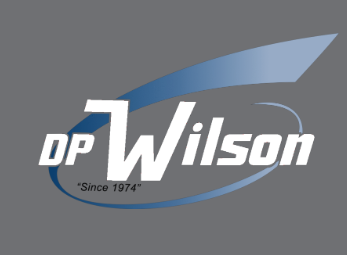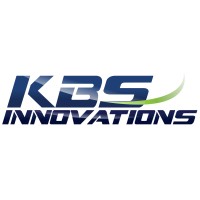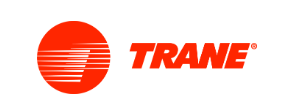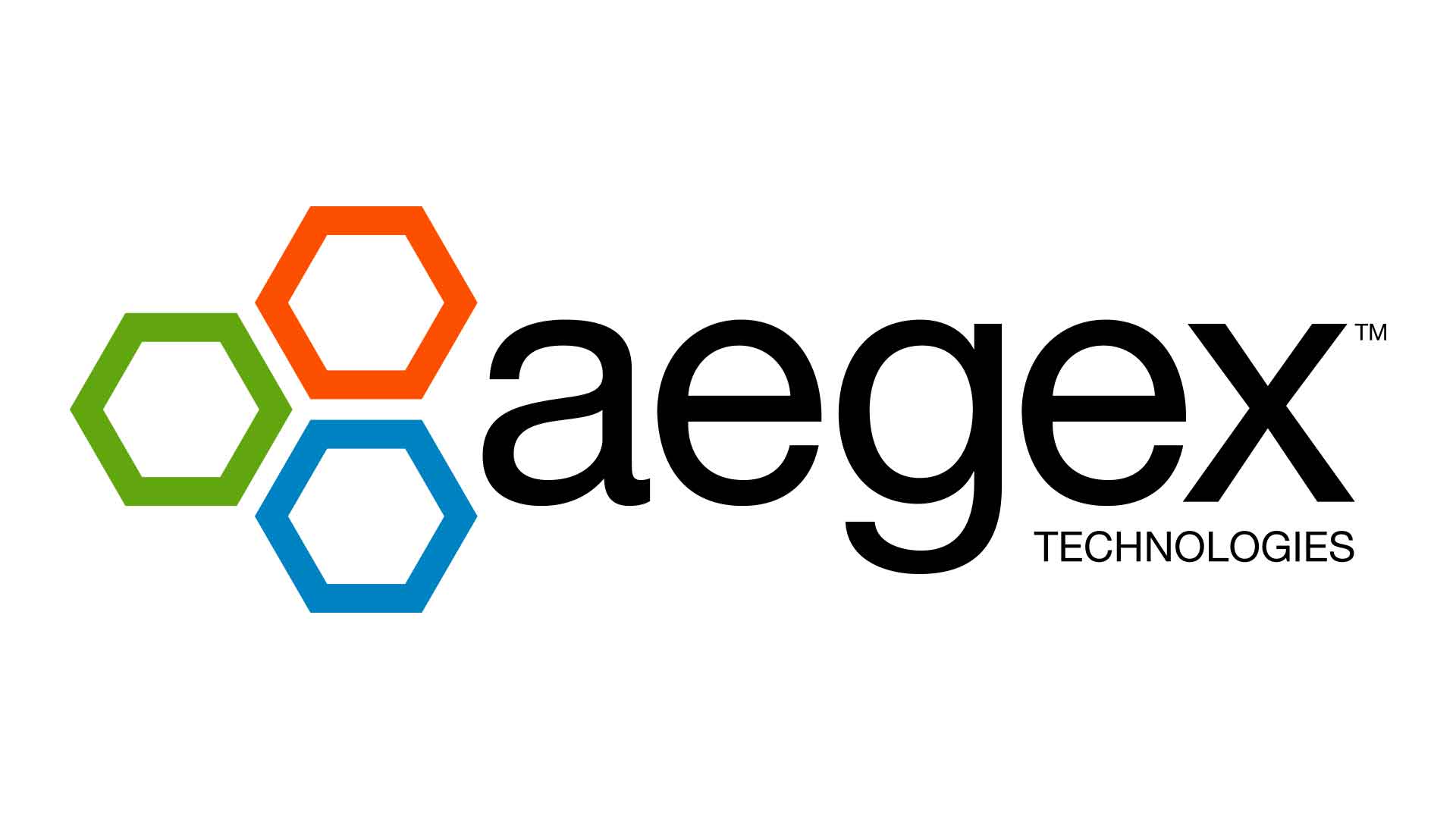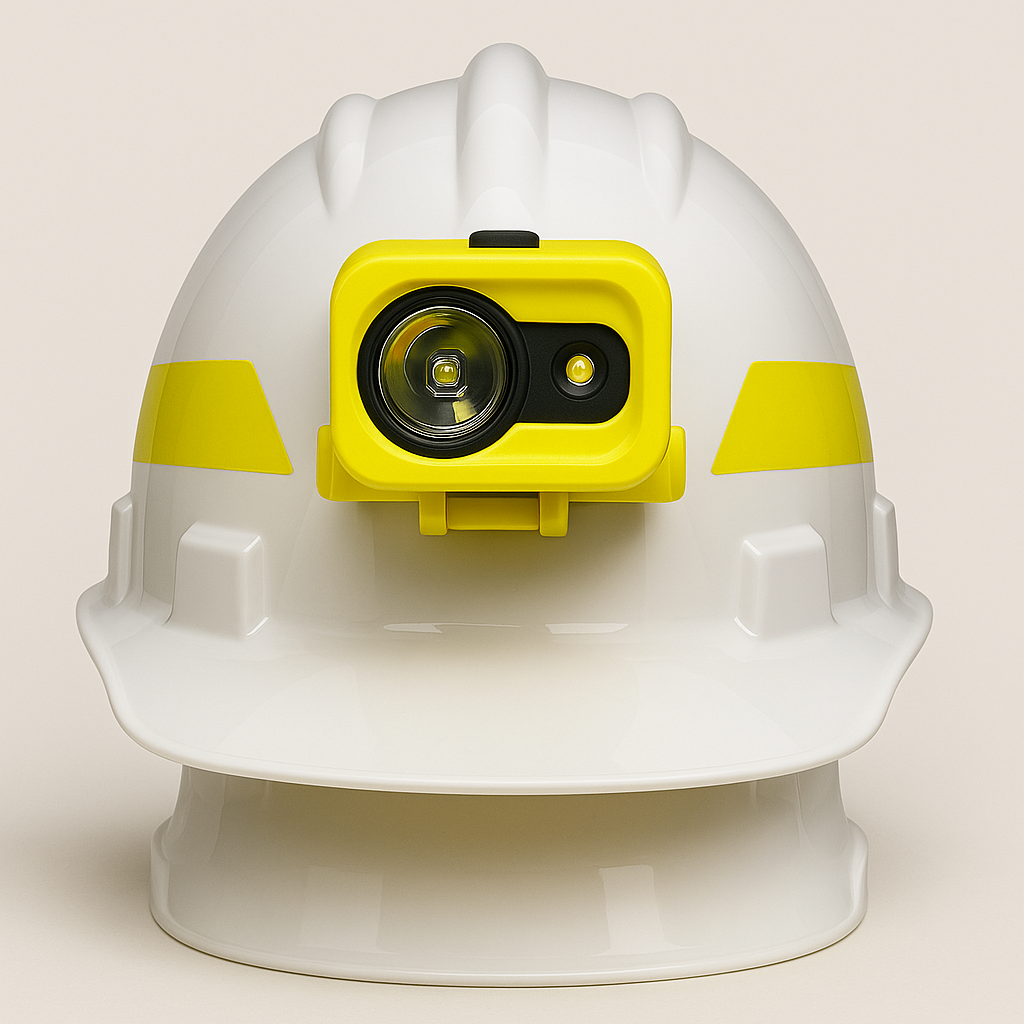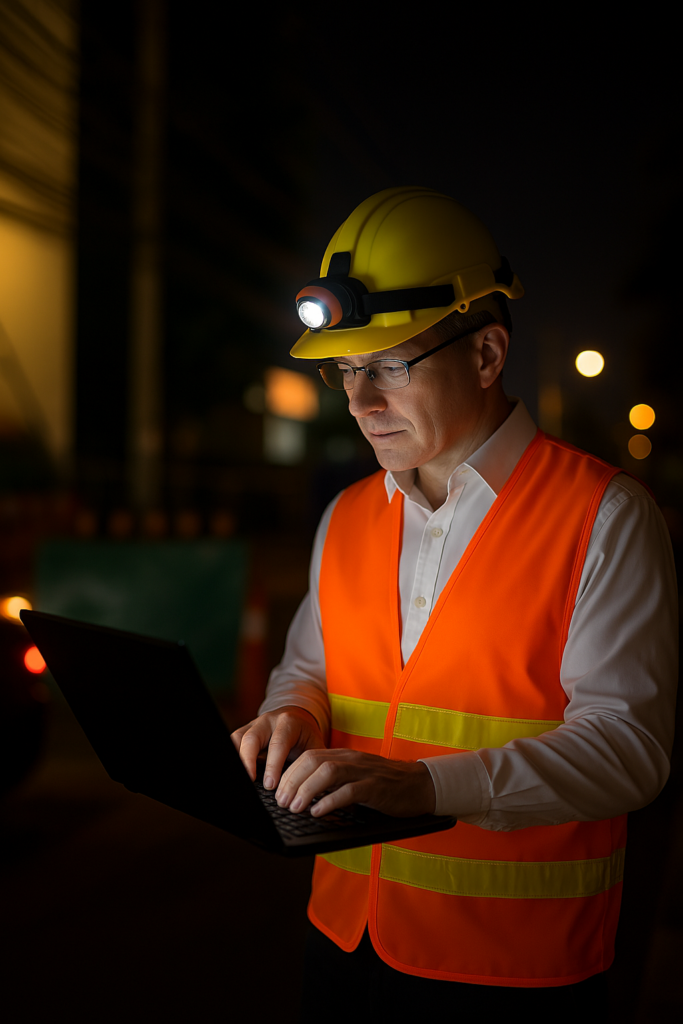
Navigating confined and hazardous environments requires not only skill and awareness—but also the right equipment. One of the most critical tools for professionals working in explosive atmospheres is a reliable intrinsically safe headlamp. Whether you’re crawling through a vessel tank, inspecting underground tunnels, or maintaining operations on an offshore platform, a certified intrinsically safe headlamp allows you to work safely with both hands free and confidence in your lighting gear.
This comprehensive guide walks you through what makes a headlamp intrinsically safe, why these tools are essential for confined and hazardous areas, and reviews the top models available today from Intrinsically Safe Store. We also compare certifications, features, and ideal use cases to help you make an informed decision.
What Is an Intrinsically Safe Headlamp?
An intrinsically safe headlamp is a specialized lighting device engineered to prevent the ignition of explosive gases, vapors, or dust. These headlamps operate with a low electrical and thermal output, eliminating the risk of sparking or overheating even in malfunction scenarios.
Key criteria for intrinsic safety include:
ATEX, IECEx, UL Certifications: These international and North American standards ensure the device is compliant for use in hazardous locations.
Temperature Ratings: Components are designed to avoid surface temperatures that could ignite surrounding materials.
Sealed Construction: Protection against water and dust ingress, often with IP66 or higher ratings.
These qualities make intrinsically safe headlamps indispensable in industries such as oil & gas, mining, wastewater management, utilities, and chemical manufacturing.

Why Are Headlamps Crucial in Confined and Hazardous Spaces?
Hazardous confined spaces—such as tanks, silos, sewers, and processing units—introduce risks due to poor ventilation, limited egress, and potentially explosive atmospheres. In these scenarios, workers need mobility and clear vision without compromising safety. Here’s why intrinsically safe headlamps are preferred:
Hands-Free Operation: Enables safer navigation through tight spaces or while operating tools.
Helmet Compatibility: Most models come with adjustable straps or helmet clips.
Low Profile Design: Prevents snagging in narrow or overhead areas.
Certified Safety: Eliminates fire or explosion risks in classified zones.
A poorly lit confined space isn’t just inconvenient—it can be deadly. Intrinsically safe headlamps mitigate this risk while keeping workers compliant with OSHA and NFPA safety regulations.
Top Intrinsically Safe Headlamps for 2025
We’ve curated a selection of the highest-rated intrinsically safe headlamps, available now at the Intrinsically Safe Store. All listed models carry relevant certifications and are built for professional use in harsh and explosive-prone environments.
1. Nightstick XPP-5453G Intrinsically Safe Headlamp
Certifications: Class I, II, III, Division 1
Light Output: 120 lumens
Power Source: 3 AAA batteries
Notable Features:
Dual light modes: spotlight and floodlight
Independent control switches
Adjustable elastic head strap
IP67 waterproof rating
Best For: Oil & gas operators, confined space inspections, hazmat teams
View product →
2. Nightstick NSP-4604B Intrinsically Safe Headlamp
Certifications: Class I, Division 1 | ATEX Zone 0
Light Output: 100 lumens (white) + red floodlight
Power Source: 3 AAA batteries
Notable Features:
Dual light (white and red) for visibility and night adaptation
Chemical-resistant body
Secure grip on helmets or bare heads
Beam distance: 105 meters
Best For: Night inspections, tank cleaning, chemical plant operations
3. Nightstick NSP-4616B Dual-Light Intrinsically Safe Headlamp
Certifications: Class I Division 1, Class II & III
Light Output: 180 lumens
Power Source: 3 AAA batteries
Notable Features:
Separate spot and flood LEDs with independent controls
Impact- and water-resistant (IP67)
Non-slip design with tilt functionality
Beam distance: up to 82 meters
Best For: Underground utilities, mining, hazardous waste cleanup
Not sure which model fits your job site?
Talk to a lighting expert for a personalized recommendation.
Comparison Table: Intrinsically Safe Headlamps
| Product Name | Certifications | Lumens | Battery Type | Special Features |
|---|
| Nightstick XPP-5453G | Class I, II, III, Div 1 | 120 | 3 AAA | Dual-light, waterproof, helmet-friendly |
| Nightstick NSP-4604B | Class I Div 1, ATEX Zone 0 | 100 | 3 AAA | Red flood, chemical resistant, wide beam |
| Nightstick NSP-4616B | Class I Div 1, Class II & III | 180 | 3 AAA | Spot + flood dual control, impact-resistant |
Best Use Cases by Industry
Different work environments have unique lighting needs. Here’s a breakdown of which headlamp is ideal depending on your industry:
Oil & Gas: Use the NSP-4604B for ATEX Zone 0 environments and red lighting to preserve night vision.
Mining & Underground Work: The NSP-4616B is ideal for rugged, dusty settings requiring longer beam distance.
Chemical Processing Plants: Go with the NSP-4604B for its chemical resistance and sealed design.
Utilities & Wastewater: The XPP-5453G is a general-purpose choice with wide, dual-beam coverage.
Industry Data: Lighting Requirements in Confined Spaces
Based on safety guidelines from OSHA, NIOSH, and industry standards:
| Industry | Min Lumens Recommended | Typical Shift Length | Preferred Lighting Mode |
|---|
| Oil & Gas Exploration | 100+ | 10–12 hours | Flood + red night vision |
| Mining & Excavation | 120+ | 8–10 hours | Spot beam |
| Utilities & Substations | 100+ | 6–8 hours | Floodlight |
| Chemical Processing | 80+ | 8–12 hours | Spot + red or UV light |
FAQs About Intrinsically Safe Headlamps
What does “intrinsically safe” mean in headlamps?
It means the headlamp is designed to be incapable of igniting a hazardous atmosphere—even under fault conditions—by limiting electrical and thermal energy.
Can intrinsically safe headlamps be used in all explosive zones?
No, you must match the certification to your specific hazard zone (e.g., ATEX Zone 0, Class I Div 1). Always check site requirements before use.
Are these headlamps rechargeable?
Most intrinsically safe headlamps run on replaceable AAA batteries due to safety restrictions in volatile environments. However, some models may offer rechargeable versions with safe charging protocols.
Do these headlamps fit on all helmets?
Yes, all listed models come with adjustable straps compatible with most hard hats and helmets. Some also include grip-resistant pads for stability.
What’s better—spotlight or floodlight?
Floodlights illuminate wide areas up close, ideal for inspection and maintenance. Spotlights offer a focused beam for viewing at distances. Dual-light models provide both.
Conclusion
When safety is non-negotiable, especially in confined or explosive environments, choosing the right intrinsically safe headlamp is vital. The models highlighted in this guide offer rugged construction, global certifications, reliable brightness, and long-lasting battery life—making them trusted tools across critical industries.
From oil platforms to wastewater tunnels, workers rely on intrinsically safe lighting to stay compliant, efficient, and safe. Explore our full range of certified headlamps tailored to your field needs at the Intrinsically Safe Store.






